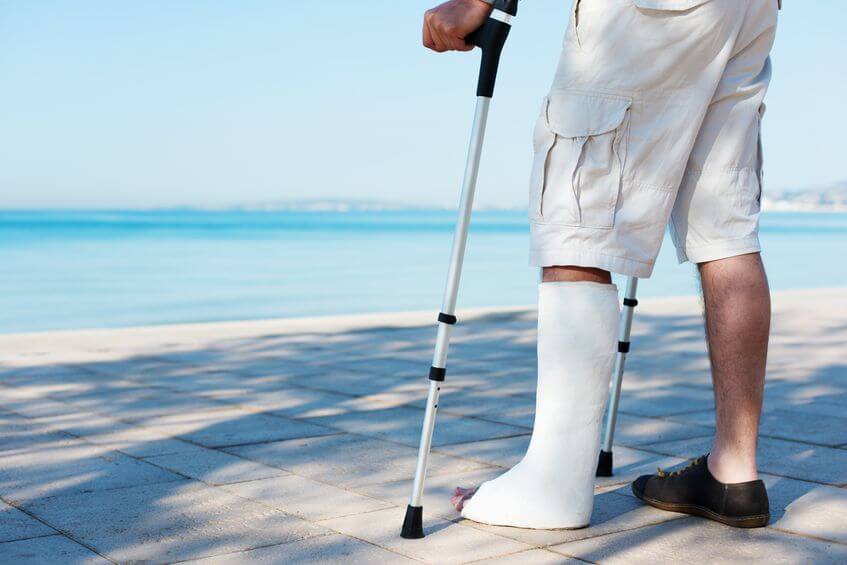Muscle atrophy is a common condition that occurs after immobilization or lack of movement of a body part. This can happen after a prolonged period of bed rest or due to an injury that requires immobilization, such as a fracture. When muscles are not used regularly, they begin to weaken and shrink in size, leading to muscle atrophy.
Physical therapy is an effective way to prevent and treat muscle atrophy after immobilization. In this blog post, we will explore the causes of muscle atrophy, its symptoms, and how physical therapy can help.
Causes of Muscle Atrophy
Muscle atrophy can occur due to a variety of reasons. The most common cause is immobilization or lack of movement. This can happen after surgery, an injury, or a medical condition that requires bed rest. The lack of movement causes a decrease in muscle activity and leads to muscle wasting.
Other factors that can contribute to muscle atrophy include aging, malnutrition, and certain medical conditions such as muscular dystrophy or multiple sclerosis.
Symptoms of Muscle Atrophy
The symptoms of muscle atrophy can vary depending on the severity of the condition. In mild cases, there may be a slight decrease in muscle strength or size. In more severe cases, there may be a significant decrease in muscle strength, muscle size, and mobility.
Some common symptoms of muscle atrophy include:
- Weakness in the affected muscle or limb
- Loss of muscle mass or size
- Reduced range of motion in the affected joint
- Stiffness or pain in the affected area
- Difficulty performing everyday activities that require the use of the affected muscle or limb
How Physical Therapy Can Help
Physical therapy is an effective way to prevent and treat muscle atrophy after immobilization. A physical therapist can create an individualized treatment plan that includes exercises and other interventions designed to help rebuild and strengthen the affected muscles.
Here are some of the ways that physical therapy can help:
- Exercise Therapy: Physical therapists can design an exercise program that focuses on strengthening and rebuilding the affected muscles. They may use resistance training, range of motion exercises, and other techniques to help improve muscle strength, size, and function.
- Electrical Stimulation: Electrical stimulation is a technique used by physical therapists to help activate muscles that have become weakened or inactive. This technique involves using a device that delivers electrical impulses to the affected muscle, which can help improve muscle function and reduce muscle atrophy.
- Manual Therapy: Physical therapists may also use manual therapy techniques such as soft tissue mobilization, stretching, and joint mobilization to help improve muscle function and reduce muscle atrophy.
- Education: Physical therapists can provide education and guidance on proper body mechanics, exercise techniques, and other strategies to help prevent muscle atrophy and improve overall muscle health.
Conclusion
Muscle atrophy is a common condition that can occur after immobilization or lack of movement. However, with the help of physical therapy, it is possible to prevent and treat muscle atrophy effectively.
If you are experiencing muscle atrophy or have been immobilized due to an injury or medical condition, consider speaking with a physical therapist to develop an individualized treatment plan to help improve your muscle strength and mobility. Call Respire Physical Therapy at 703-671-1871 or click here to schedule an evaluation with a Physical Therapist to rebuild your strength and get back to your favorite activities!
Tags: choosept, Physical Therapy, arlingtonva, Respire Physical Therapy, alexandriava, physical therapist, muscle imbalance, muscle strain, fallschurchva, ptworks, painfreeliving, pt education, Pre and Post Surgical Rehab, regain your movement freedom, muscle atrophy



